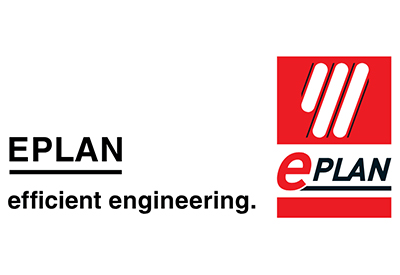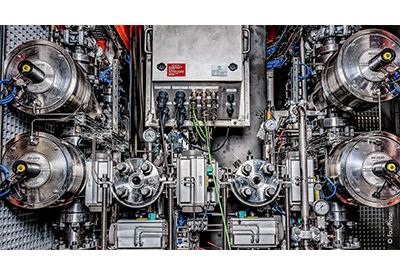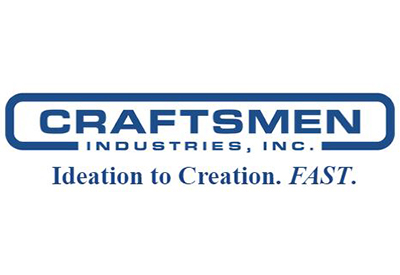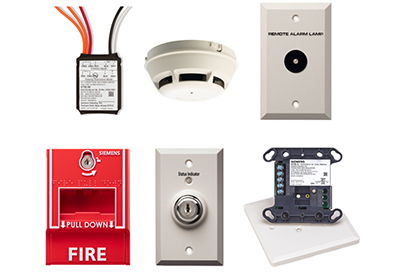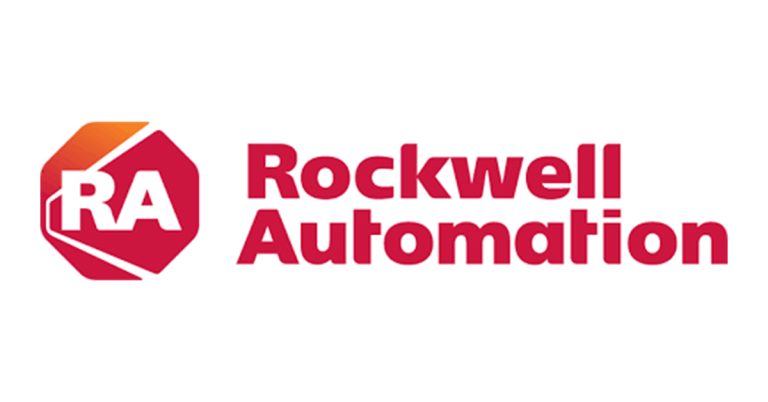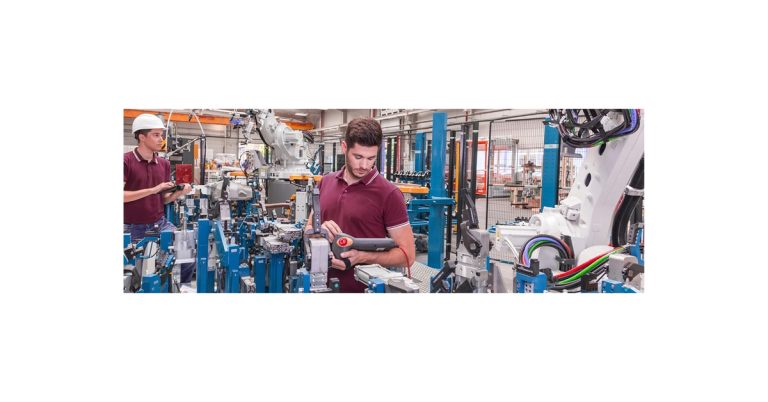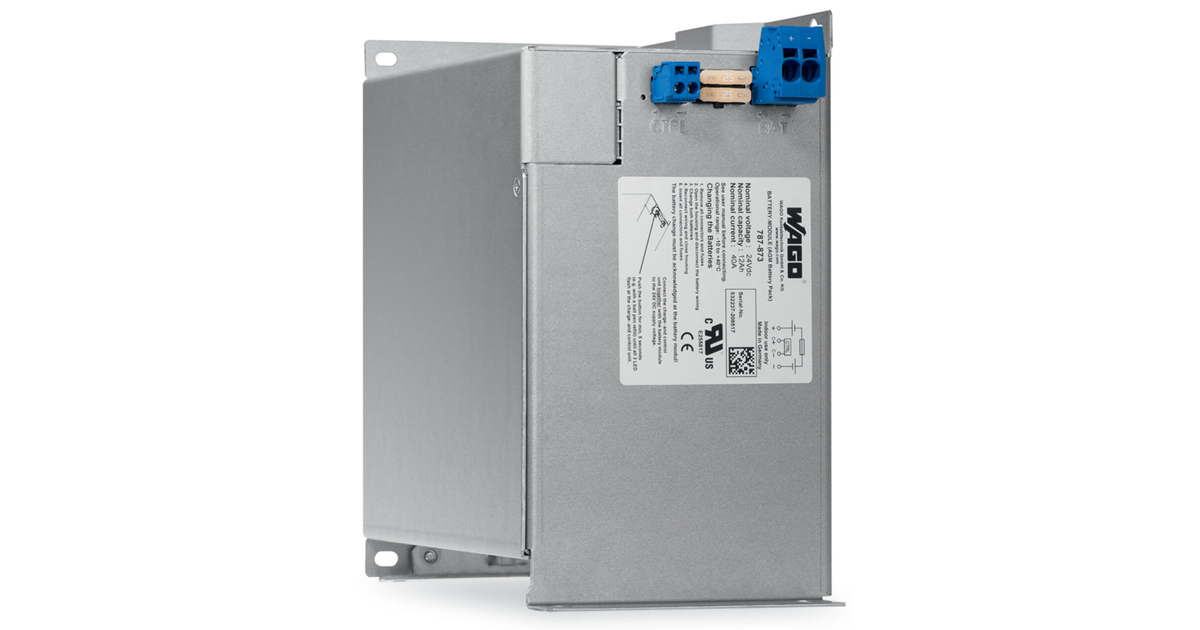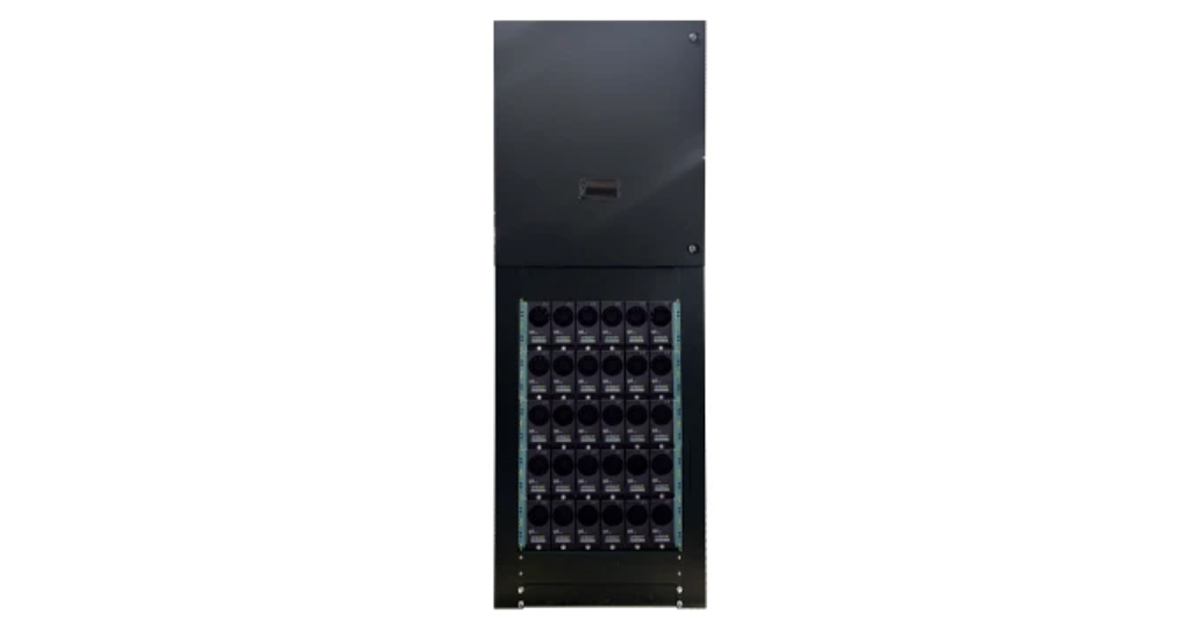The Importance of Digitalization in Accelerating Enclosure Modification
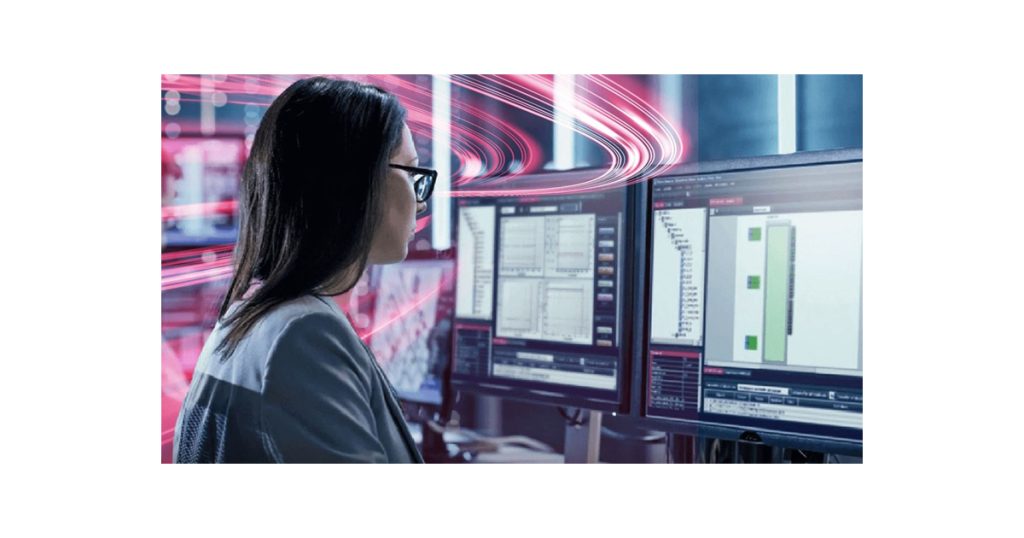
July 26, 2024
A recent survey found that the top concerns for manufacturers this year center on leveraging digital technology to help increase performance and resilience to market fluctuations, and the ability to overcome continued labor shortages in service of meeting customer demands. The capability to combat these difficulties means building an industrial automation infrastructure using custom solutions that are designed to confront specific application challenges.
However, achieving such customization can often result in long lead times and diminished productivity, especially when it comes to modifying standard industrial enclosures with the high level of modification precision that’s required for quick, simplified deployment, and integration.
This is where a digitalized modification process can help manufacturers accelerate their speed-to-market without sacrificing accurate, high-quality modifications, and digitalizing modification tasks can also help create a more connected ecosystem that improves communication and collaboration at each stage of the modification process.
This article will look at the importance of digitalization in modifying enclosure modifications, and how Rittal can help manufacturers embrace an automated approach to these workflows.
Digitalization helps create more precise, sophisticated modifications
The modern manufacturing landscape is shifting and diversifying quickly. The move toward more challenging or outdoor production environments and the need to retrofit existing facilities for warehouse automation means manufacturers need to execute complex modifications with superior accuracy to adapt to space restrictions or ensure reliability in harsh applications.
Manual enclosure modifications are time consuming and open the door for costly cutting, drilling, or tapping errors. What’s more, labor shortages can make it difficult to consistently source modified enclosures when manufacturers need them. Digitalizing the enclosure modification process simplifies accurate, detailed enclosure panel milling, drilling, and cutting, and drastically reduces the likelihood of production errors.
What’s more, increased end-to-end visibility and transparency in the design and configuration phase simplify any troubleshooting of assembly and installation by providing complete, easily accessible digital schematics that offer a digitalized, 360° view of the enclosure.
For example, Rittal’s Perforex Milling Terminal MT S provides reliable machining of mounting plates, doors, roof plates, side panels, gland plates, or unibody enclosures. Ideal for modifying Rittal’s most popular carbon and stainless steel enclosures, the Perforex MT S leverages an intuitive user interface where drawings can be viewed and updated in real time for maximum flexibility and scalability.
Leveraging digitalized engineering data via Eplan’s powerful CAE platform further enhances the Perforex’s ability to execute precise modifications with superior precision. The ability to generate digital twins using detailed Eplan schematics simplifies and streamlines panel modification and wiring tasks for an overall increase in efficiency and productivity.
The Perforex is just one component of the Rittal Automation Systems (RAS) suite, a comprehensive line of enclosure modification, panel processing, and wiring machines that can help you increase the speed, precision, and complexity of modification and processing tasks.
The automated nature of Rittal’s modification equipment also provides a variety of downstream benefits. The precise nature of these enclosure modifications makes it easier for assemblers and installers to integrate custom enclosures into an existing automation infrastructure without the need for specialized tooling, thus saving time, money, and resources.
But this kind of enhanced, accelerated enclosure modification is not just reserved for manufacturers that can purchase a Perforex or other RAS solution. The Rittal Application Center houses a wide range of Rittal’s panel modification and wiring processing machines to help manufacturers of all sizes create the kind of custom industrial enclosures necessary for their specific application.
Digitalization helps manufacturers adapt to changes in production demands
One of the biggest hurdles with manual enclosure modifications is that they rely on siloed, legacy design systems that lack visibility and transparency into each stage of the engineering process.
This can prove problematic in the event that detailed enclosure schematics need to be altered quickly based on real-time changes in production demand, or in the event that component parts become unavailable due to supply chain disruptions.
Integrating panel modification equipment with a powerful CAE software platform like Eplan connects the end-to-end panel modification process via 3D panel modeling, data sharing, and digital twins. This helps increase the flexibility of your modification workflows, and it helps you better understand your current production capacity to scale your operations based on need.
An automated panel modification process that eliminates manual intervention not only creates a connected ecosystem with greater workflow flexibility and versatility, but it can also help you increase throughput times while enhancing the quality and precision of your panel modifications. This makes it easier to change or edit CAE files quickly based on any number of production parameters.
This level of digitalization also applies to panel wiring and processing, which is perhaps one of the more complex aspects of the modification sequence. Rittal’s fully automated Wire Terminal WT C enables wires to be processed from bulk with individual wire printing and then readied for assembly.
The WT C offers flexible configuration, a quick change system for wires, process reliability, three wire output methods, and a digitally supported process. Additionally, the WT C is adaptable and offers an expandable modular system structure to meet future requirements.
Eplan’s Smart Wiring platform provides 3D modeling, interactive schematics, and real-time engineering data to increase the efficiency, productivity, and precision of your panel wiring processes. Plus, the data generated in Eplan’s Smart Wiring platform is easily shareable to help panel builders or systems integrators reduce costly errors and optimize their production schedules.
The digitalization of the enclosure modification process can not only help manufacturers overcome their panel modification challenges, it can also help unlock new opportunities for growth. Rittal’s approach to a more connected ecosystem is built upon Industry 4.0 and IIoT principles to help you simplify processes to get the job done.


